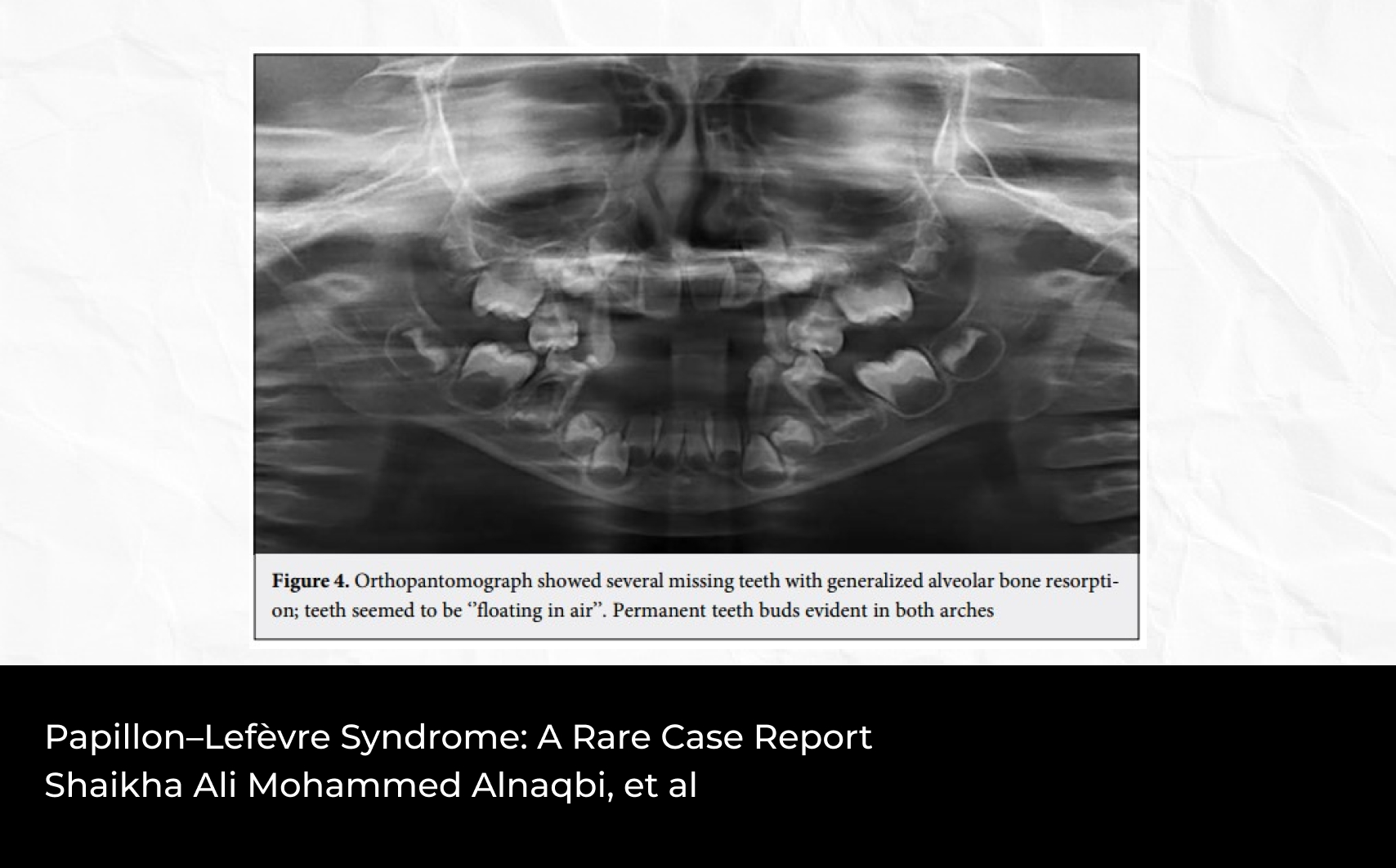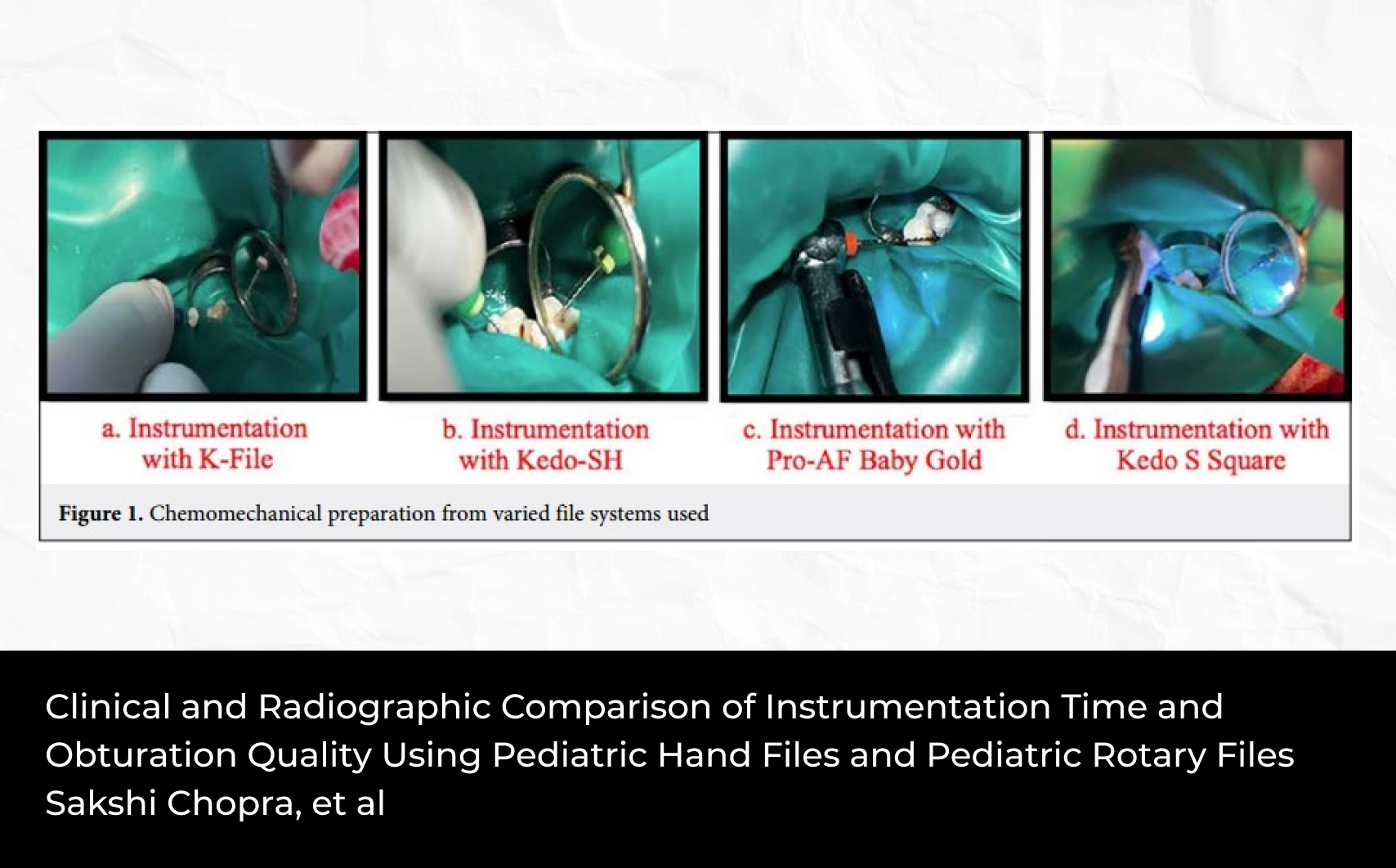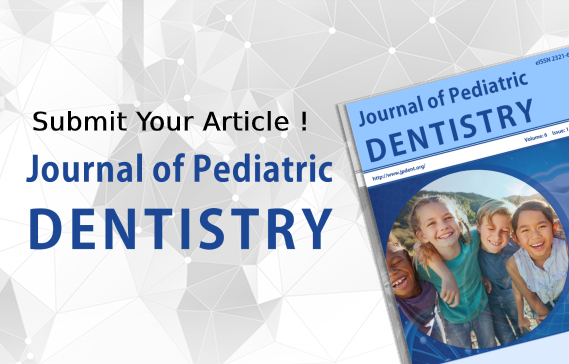2Department of Restorative Dentistry, Faculty of Dentistry, University College Hospital, Ibadan
3Department of Oral Pathology and Oral Medicine, Faculty of Dentistry, Lagos University College of Medicine, Lagos
4Department of Dental and Maxillofacial Surgery, Federal Medical Centre, Birnin-Kebbi, Kebbi State
5Department of Dental and Maxillofacial Surgery, Federal Medical Centre, Gusau, Zamfara State, Nigeria
Abstract
Childhood tooth extraction is widespread in developing nations especially in sub-Saharan African owing to high prevalence of oral diseases in the population. Purpose of this study is to analyze the reasons and pattern of tooth extraction among children from Northwest Nigeria. Case records of children <14 years seen at the dental clinic of the Federal Medical centre, Gusau, Zamfara state between January 2011 and December 2012 were retrieved from the Medical Records Department and analyzed for analyzed for gender, age, indication for extraction and tooth/teeth extracted. A total of 181 teeth were extracted in 127 patients (1.4 extractions per patients) over a 2 years study period. There were 66 (51.9%) males and 61 (48.1%) females (M:F = 1.08:1). Dental caries and its sequelae 141 (77.9%) was the leading aetiology for tooth extraction followed by trauma 24 (13.3%). Permanent teeth 121 (66.9%) were twice frequently extracted than primary teeth 60 (33.1%). Mandibular teeth 112 (61.9%) were more commonly extracted than maxillary teeth 69 (38.1%). Posterior teeth 115 (63.5%) extractions nearly double that of anterior teeth 66 (36.5%). First permanent molar extraction predominates 51 (28.1%). Majority of the extractions occurred in the 6-9 years age group 96 (53%). Mandibular posteriors constituted the principal teeth removed in the 6-9 years and 10-13 years age groups. In contrast, maxillary anteriors were the main teeth extracted in the younger age group of 0-5 years. For maxillary anteriors trauma was the highest indication for tooth extraction. In conclusion, dental caries and its sequelae was the primary reason for tooth extraction in the study across all age groups and trauma accounted significantly for removal of maxillary anteriors. Thus, there is a need to critically embark on public enlightenment campaign on preventive oral health.














